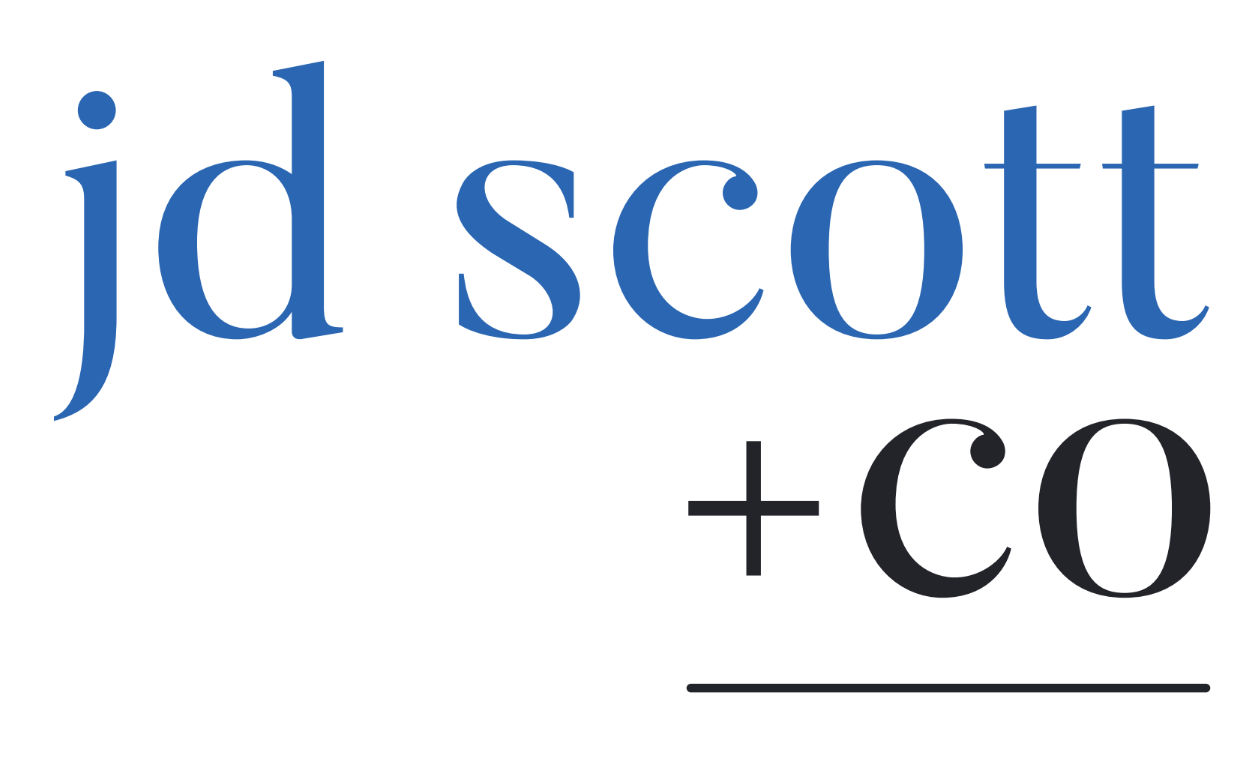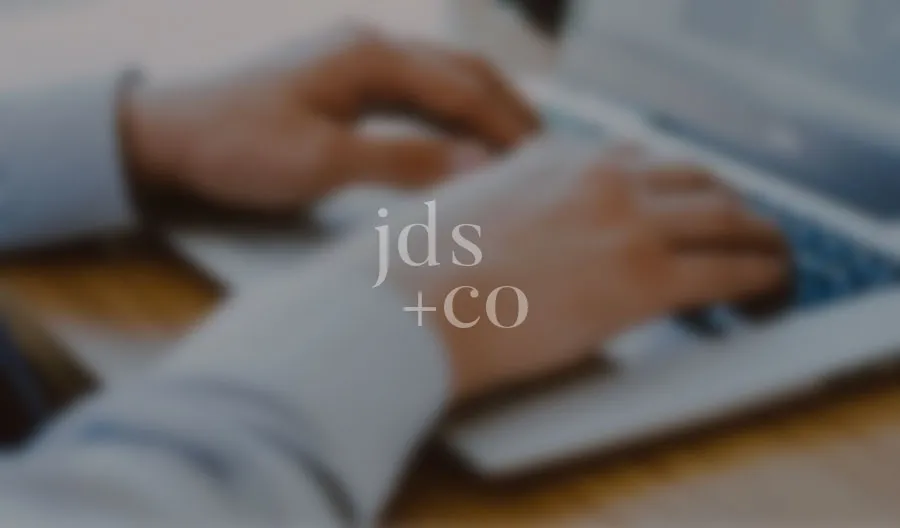Not keeping up to date with tax payments is one of the biggest causes of business failures. It’s an easy trap to fall into. A tight month cashflow-wise, a missed PAYG or BAS payment and then you’re scrambling to catch up. Here are some common traps tax payers fall into and a few tips to get out of them.
The key tax payment issues
There are several areas where small businesses can struggle when it comes to tax payments.
- Not paying employee PAYG
- Missing superannuation payments
- Missed GST payments
1. Not paying employee PAYG
The amount you are required to withhold from employees’ salary and wages as tax payments. is called PAYG. For most small employers, this is usually required to be remitted monthly or quarterly to the ATO. The calculations are usually performed by your payroll software, so you know exactly how much to withhold.
With the the advent of Single Touch Payroll systems for all businesses (except currently micro employers, with one to four employees, who will only commence under the new system from 2021), the ATO now has near real-time data on payments to employees and how much should be withheld. The ATO follows up non-payment quickly. While they won’t usually persue you for the odd missed payment, make it a regular habit and they will start chasing.
2. Misssing superannuation payments
Historically, missed superannuation payments have been a bugbear of employees and the ATO. Too few employees regularly checked their super balances to make sure they were being paid and the ATO had no effective way of checking whether payments had been made. Employees would sometimes find they were owed thousands in back super payments. Unscrupulous business owners would send one company into administration, leaving large unpaid superannuation amounts.
However, with the implementation of Single Touch Payroll and more data matching between superannuation funds and the ATO, there is now near real time monitoring between what employees are paid and what they should be receiving into the super fund.
Historically, non-payment of employee super has been an issue for some small businesses. It was also the easiest payment to miss, because employees wouldn’t notice until they checked their annual superannuation returns (if they checked at all).
Tax law now imposes significant penalties for missing super payments. These range from a small administrative charge ($25 per employee per period missed), to disallowing a tax deduction for superannuation, through to large fines and jail time for the most flagrant breaches.
Another trap that occurs is when business owners miss payments into their own, personal super accounts. It easy to understand why – you own the business and if the employees are all paid up to date, who is actually out of pocket – right? After all, its your money. Unfortunately, the superannuation law is not written that way. You, as the business owner, are considered separate from the company or trust that holds the business. Whether you’re a director or an employee of the business, the company (as distinct from you) has to make the super payments to your superannuation fund.
3. BAS / GST payments
Missing GST payments happens because businesses receive GST upfront, but don’t have to remit it to the ATO until weeks or months later. For many service based businesses, they collect more GST than they receive from supplies and so have to make GST payments to the ATO. If you forget that you owe the ATO a tax payment, it can come as a nasty shock later on.
How to avoid missing tax payments
The best way to avoid the trap is not to fall into it in the first place. Effective cashflow management and good record keeping are key.
PAYG cashflow strategies
Start by having a cashflow forecast prepared in conjunction with your accountant. This can assist by giving you a longer term perspective on your likely cashflow. It doesn’t have to be too complex. A simple spreadsheet showing expected cash in and out over the next 12 months is sufficient. Your accountant can also assist with calculating your likely PAYG instalments for income tax purposes, as well as GST payments.
A simple yet effective trick that helps is to use a two-bucket strategy. That way, you never run out of cash to pay your tax bills. Another great strategy is to put aside cash from every sale you make, as outlines in the book Profits First. Tax payments are made quarterly or monthly for most businesses, with the timetable set well in advance and readily available on the ATO website. We also include a useful timetable with our regular newsletter.
When planning to hire staff, include on-costs, including superannuation. As a rule of thumb, add 15% to each employee’s before-tax salary. This covers on-costs such as superannuation, payroll tax and workers compensation insurance. Add this to your cash flow forecast.
Use payroll software and get it professionally set up. This will ensure that you correctly withhold the right amount of PAYG and super for your employees.
GST cashflow strategies
Put aside cash each week to pay upcoming GST payments and use a separate bank account to stop yourself accidentally spending the cash. Get your accounts done regularly by a qualified bookkeeper, so you can stay on top of how much GST you owe. Get the bookkeeper to show you how to run a balance sheet from your accounting software – the GST owing or owed at any point in time should be fairly simple to see. If not, get them to set you up correctly so that it is.
Dealing with missed superannuation payment
If you’ve fallen a bit behind in your employees’ superannuation payments, then the first step is to contact your advisor, who will deal with the ATO on your behalf. Since the introduction of Single Touch Payroll, the ATO has regular data on how much PAYG should have been withheld and how much superannuation should have been paid and to which fund. This data is matched against data provided by the superannuation funds and a “please explain” letter will be sent if it’s not correctly matching.
For missed superannuation payments, the ATO requires the business to pay the Superannuation Guarantee Charge. The charge consists of:
- The superannuation shortfall – the amount of super you haven’t paid;
- An administrative fee of $20; and
- Interest on the superannuation shortfall (currently 10%).
You report the missing payments to the ATO by lodging of the Superannuation Guarantee Charge statement. There is a short form is completed for each period missed, including details of each employee and how much was missed. You then make payment to the ATO, who passes the amounts on to the employee’s super fund. The interest portion is also paid across to the employees super fund.
The ATO prioritise the collection of super and can enforce collection of unpaid balances a number of different ways. For example, the ATO can recover missing payments by issuing ·penalty notices to the directors of a company, requiring the directors to personally pay the amount owed. They could issue garnishee notices requiring other parties such a trade debtors or your bank, who have to withhold amounts from you and remit it directly to the ATO. Or they could use your merchant card facilities to withdraw funds from your account.
Entering into a tax payment arrangement
If you get too far behind and can’t meet your tax obligations, you can enter into a payment arrangement with the ATO. Essentially this involves coming to an agreement with the ATO about making regular payments to catch up on missing taxes. This may also include payment of interest and penalties for missed payments. Once you’ve entered into a payment arrangement, you are required to keep up to date with your compliance obligations. This includes lodging all your tax returns and making the agreed payments on time.
Speak to your advisor about your options to deal with missed tax payments.












